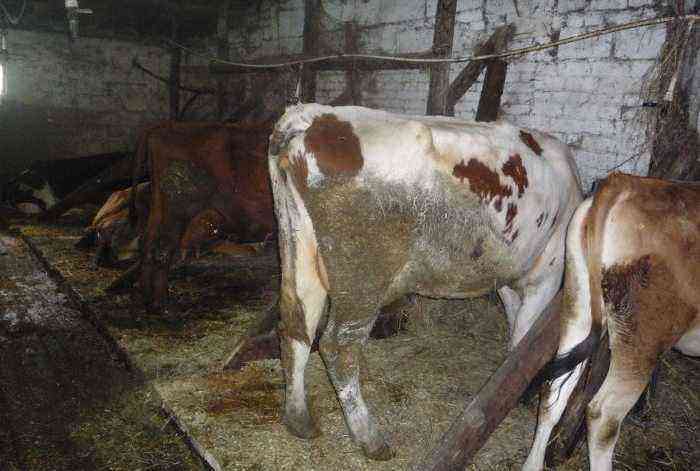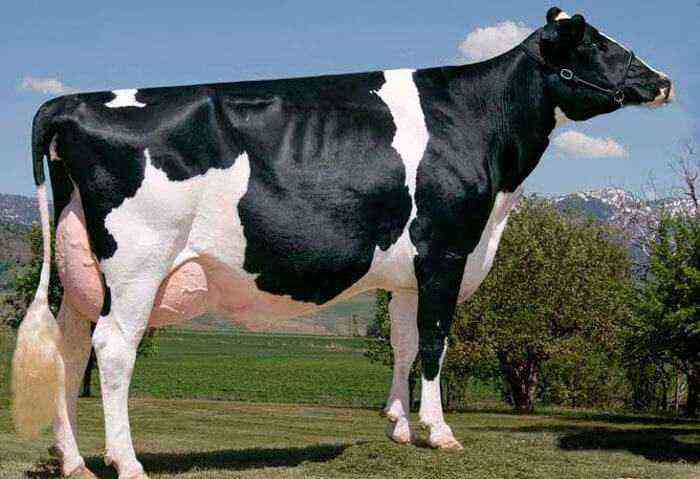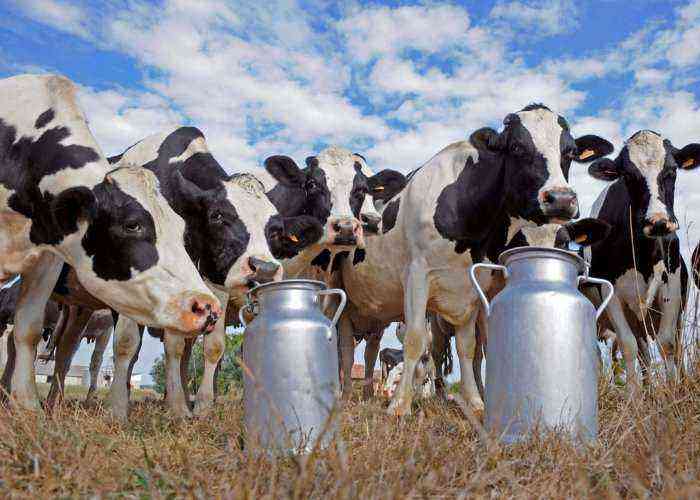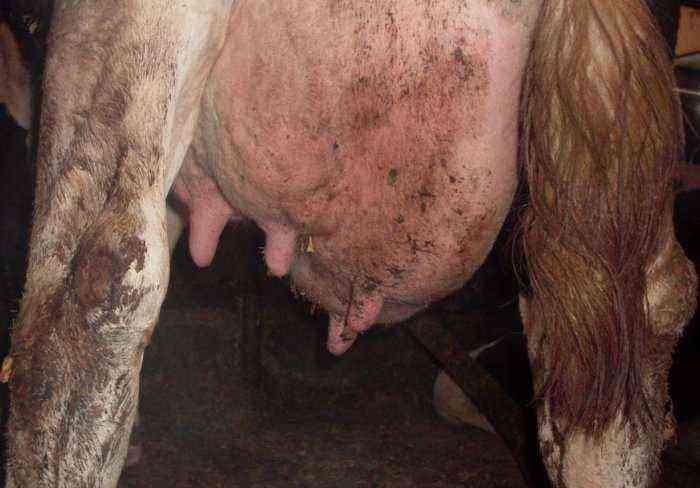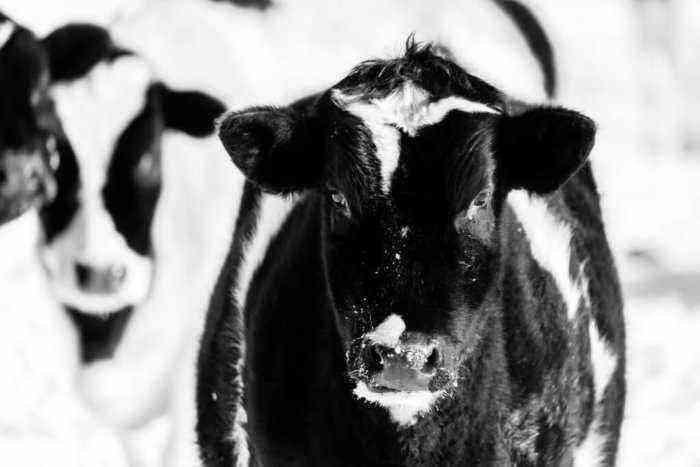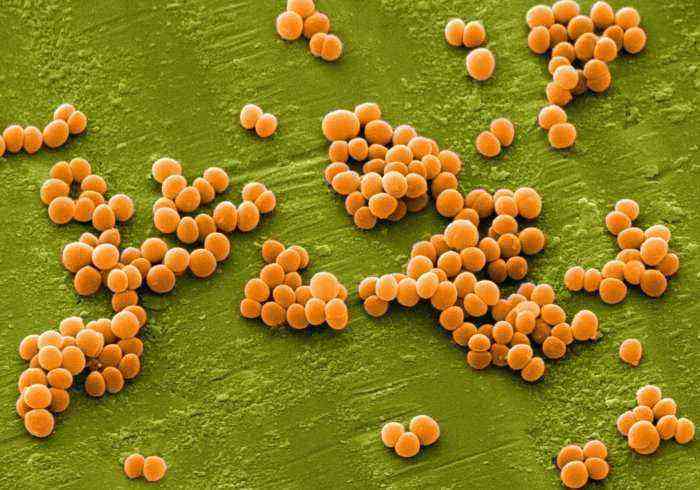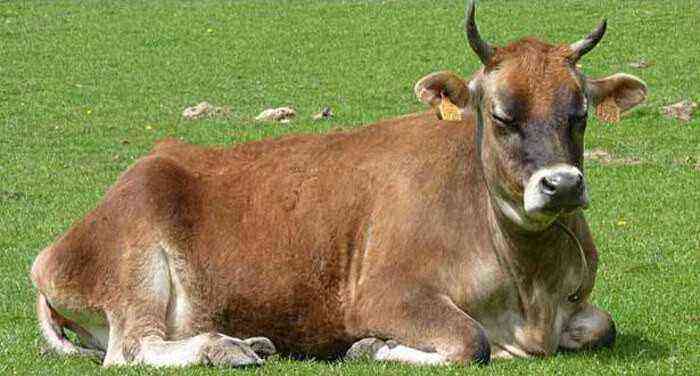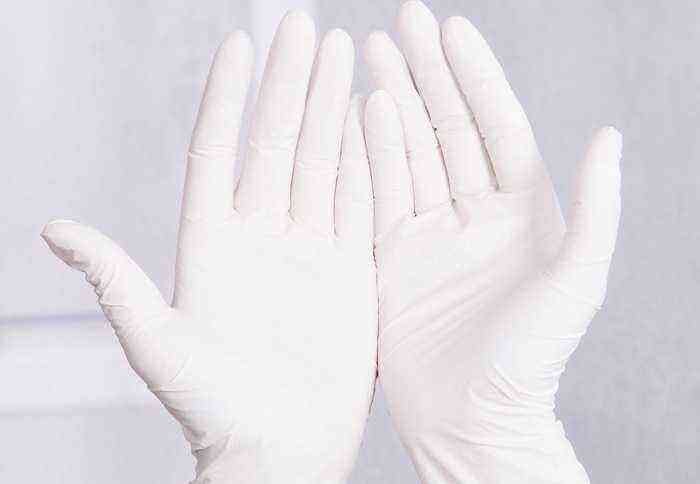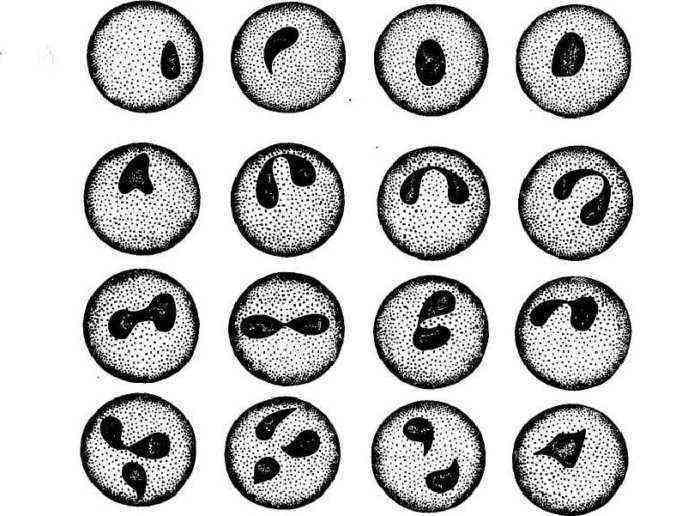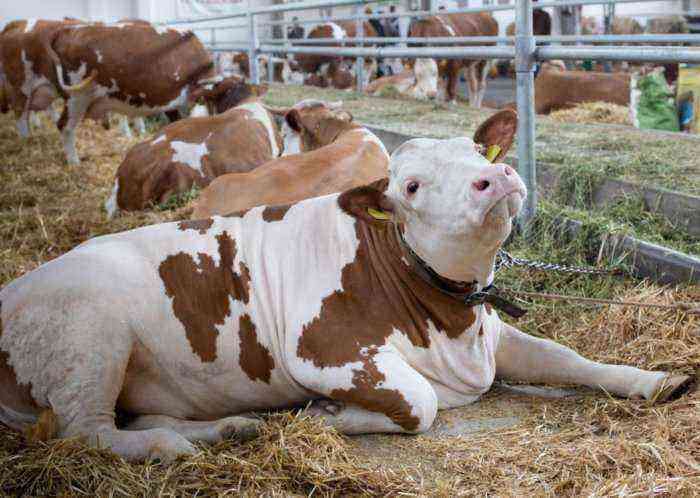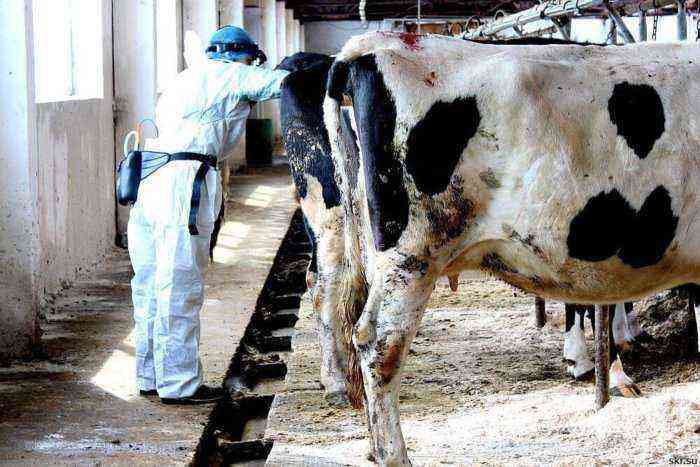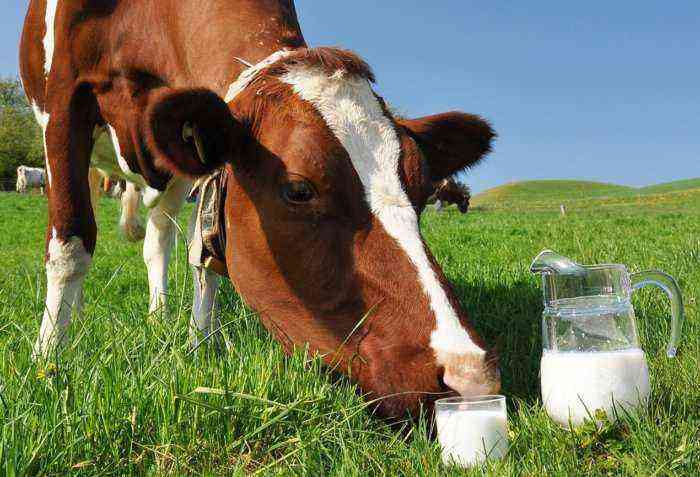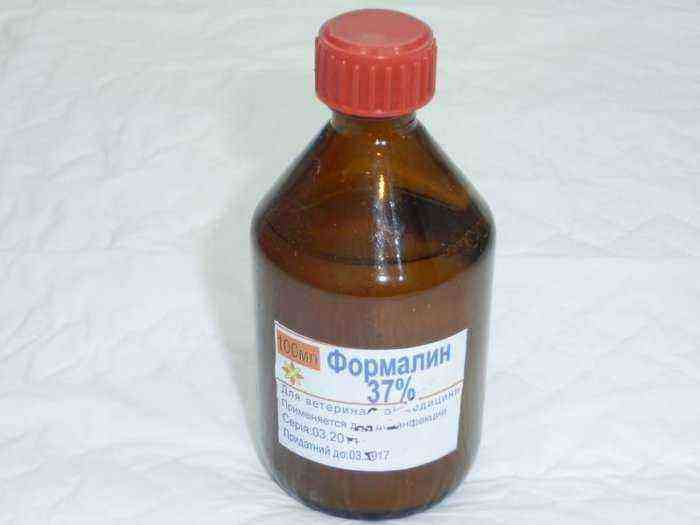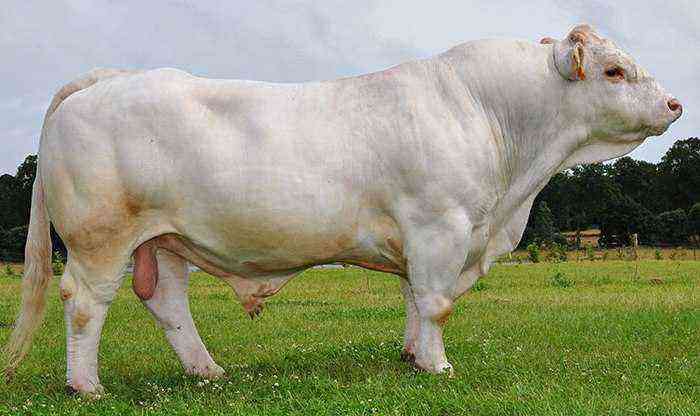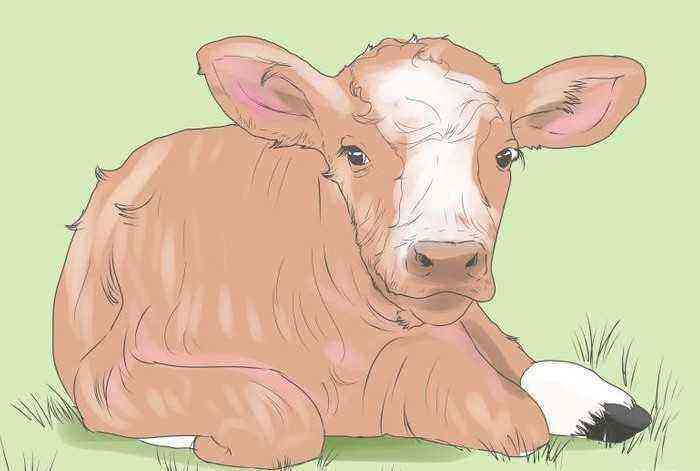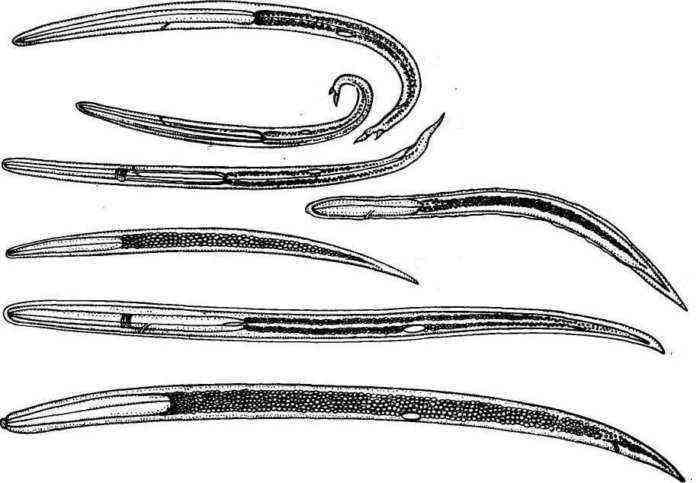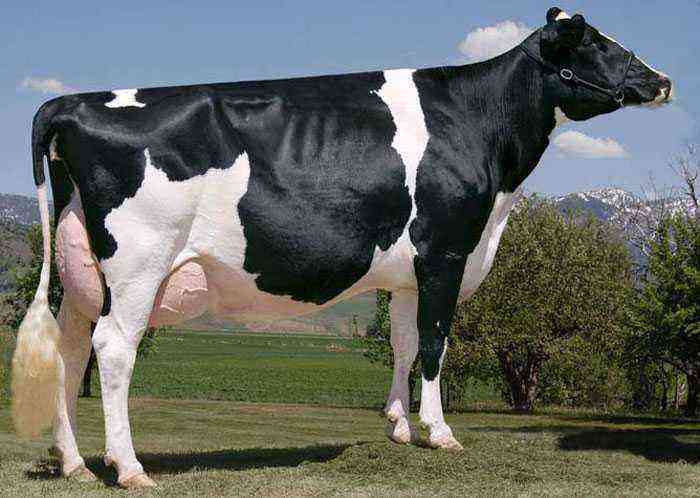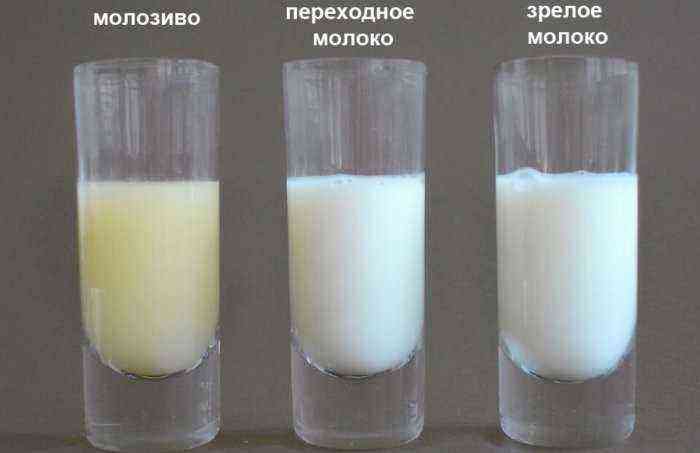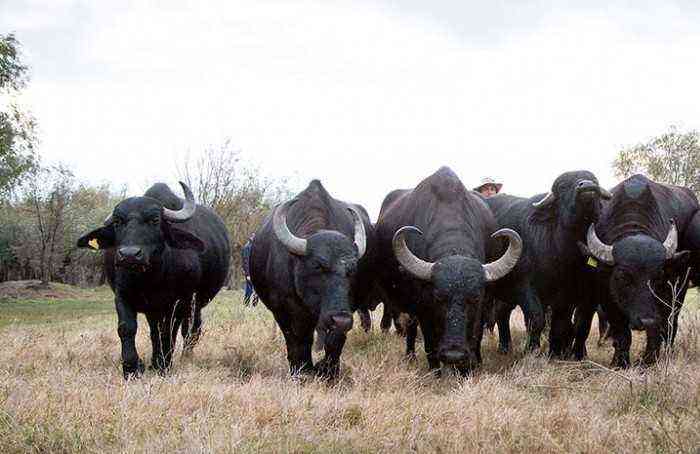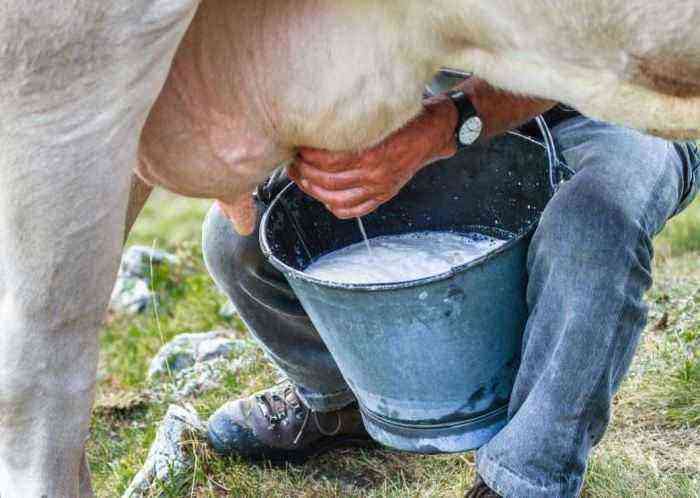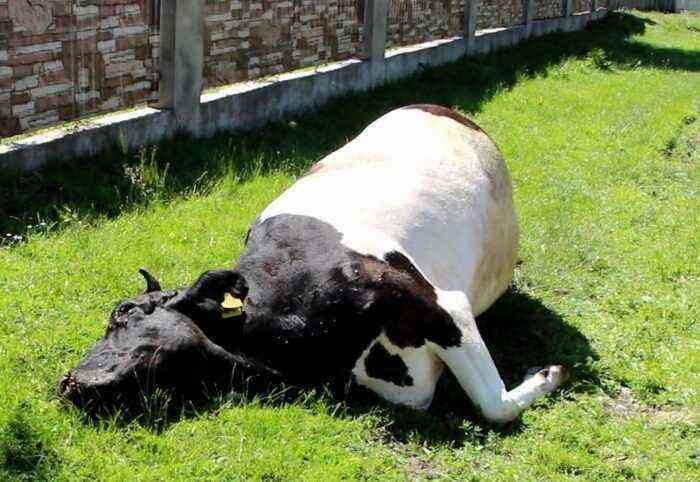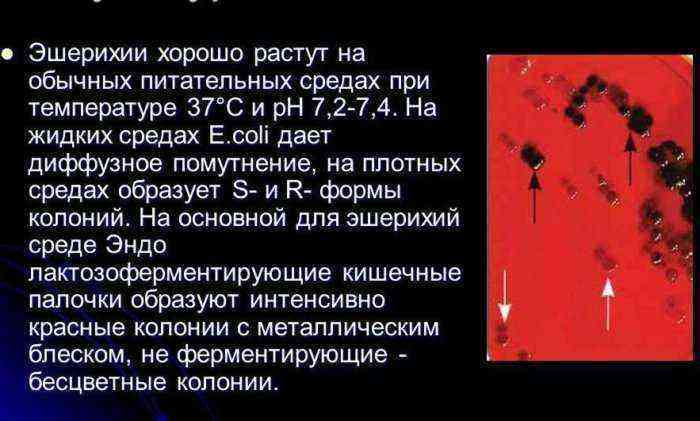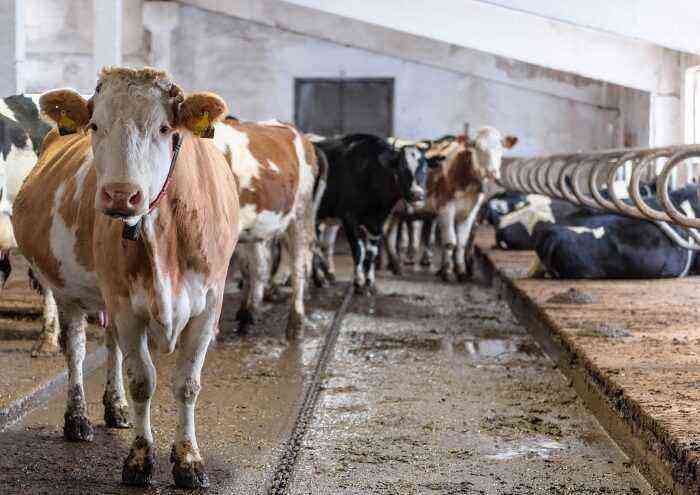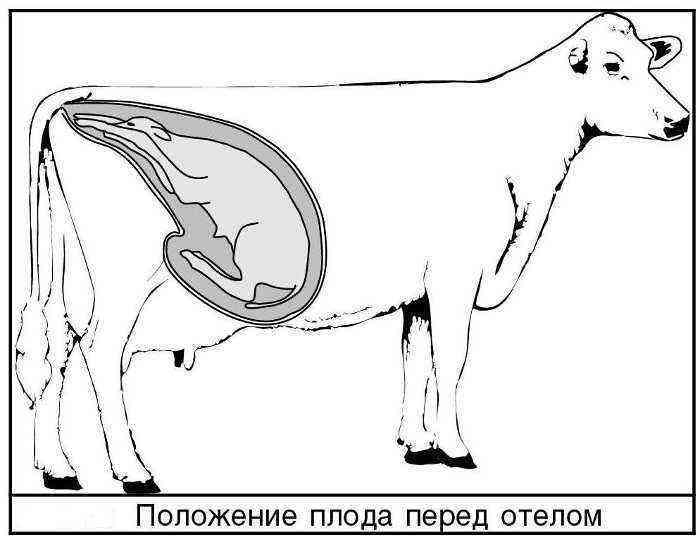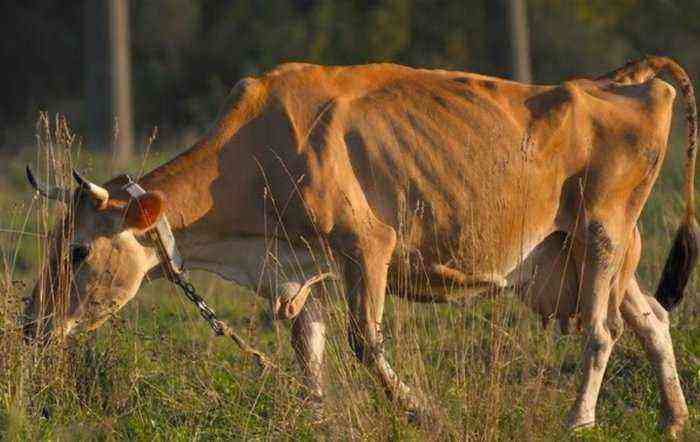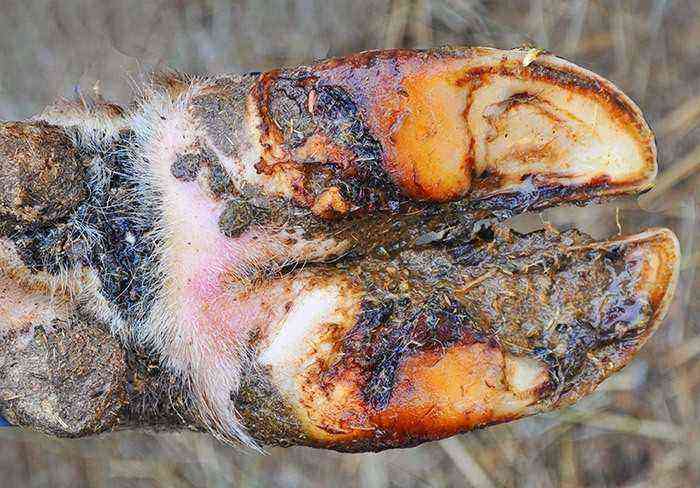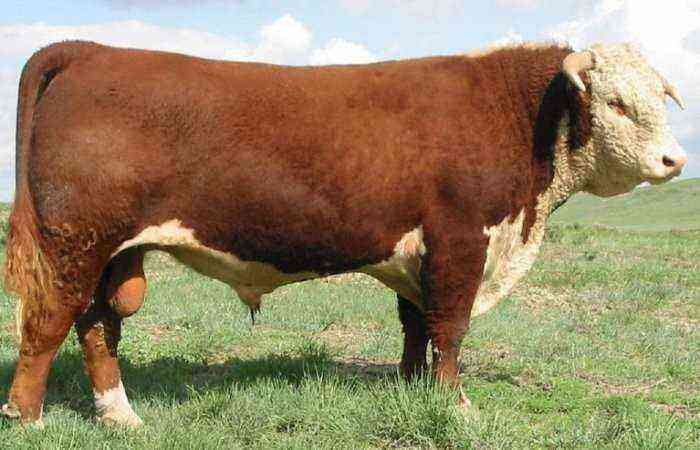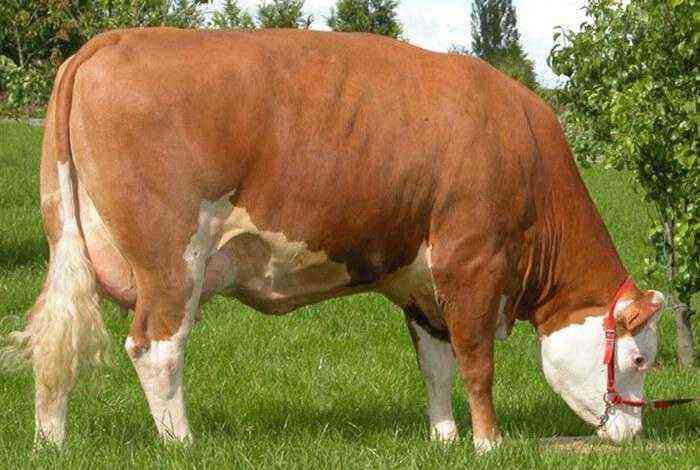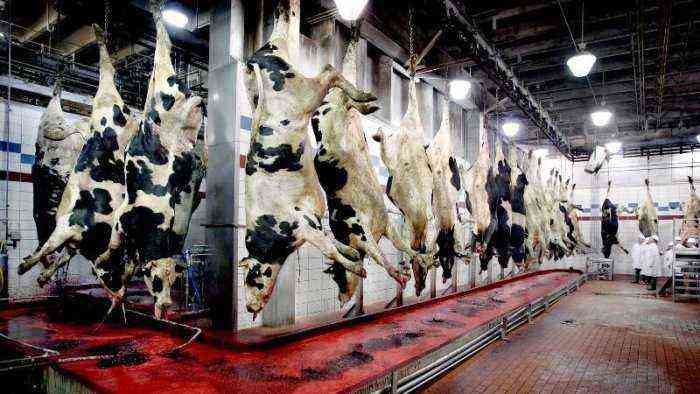A disease such as endometritis in cows most often develops during calving. At the same time, its development is influenced by a number of factors, including unsanitary conditions in the maternity ward, improper gynecological care in the process, and much more. The result of such a violation in the work of the body can be the complete sterility of the animal or even its death.
Disease endometritis
What is endometritis?
This disease manifests itself in the form of inflammation of the uterine mucosa in a cow, due to the ingestion of pathogenic microflora. Most often, such changes in the body can be traced in the animal during childbirth. At this time, the uterus becomes extremely sensitive and reacts sharply to any negative influences. And since the body of the animal lends itself to severe exhaustion during calving, the defense mechanisms in it are sharply weakened, which only contributes to the appearance of endometritis.
After infection, symptoms may appear either in the first 3-9 days, or the disease develops for some time in a latent form, which greatly complicates treatment. In addition, it is the latent form of the disease that leads to infertility in cattle.
It should be noted that endometritis is also dangerous because in the process of the development of the disease, the affected area is constantly expanding. In the absence of timely treatment, it passes from the mucous membrane to the muscles of the uterus, after which it spreads to the surrounding organs.
Causes of appearance
Inflammation of the uterus of a cow is a consequence of ingestion of infection. Moreover, there are quite a lot of different microorganisms that can cause this pathological process. Such a microflora can already be inside the animal, but only with a decrease in the overall resistance of the organism to infections does its destructive effect manifest itself.
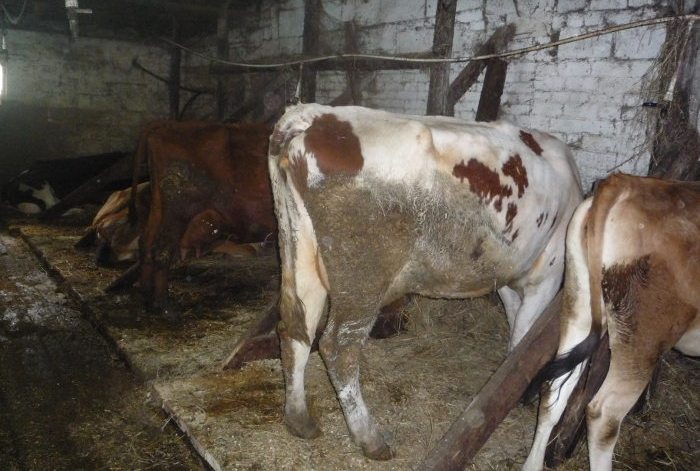
Keeping cattle in poor conditions
The main causes of infection of the uterus with pathogens include:
- Mistakes in obstetric care of an animal. The pathogen can be brought inside if the instrument, hands or clothes of the veterinarian are not sufficiently disinfected. In addition, often improper removal of the calf leads to a violation of the integrity of the mucosa, which opens up access for infection. Infection can also occur if a caesarean section is not performed correctly.
- Infection during estrus in a cow. Especially often it develops against the background of severe unsanitary conditions in places of detention.
- The development of endometritis as a secondary disease on the background of a larger disease. So, if the fetal membrane cannot come out due to the first disease, bacteria begin to develop in it, causing further inflammation.
- Infection of the uterus due to incorrect and traumatic insemination.
Also of great importance in the appearance of this disease is the conditions of detention, which directly affect the degree of development of the immune system. In this case, the most important parameters are:
- The condition of the premises in which livestock lives. Lack of regular cleaning, cramped keeping of the herd, low temperature conditions can contribute to the development and spread of the pathogen.
- Unbalanced diet. Feeding without taking into account the basic needs of the animal’s body leads to a drop in its protective properties, as well as to a deterioration in the general condition of the cow.
Types and symptoms
Endometritis in cattle can manifest itself in several forms. And it is extremely important to distinguish the clinical signs that accompany each of them. This will help to choose the most accurate treatment and significantly reduce its time. The main forms of the disease include:
- Catarrhal endometritis.
- Purulent – catarrhal endometritis.
- Acute fibrinous endometritis.
- Necrotic metritis.
- Gangrenous septic metritis.
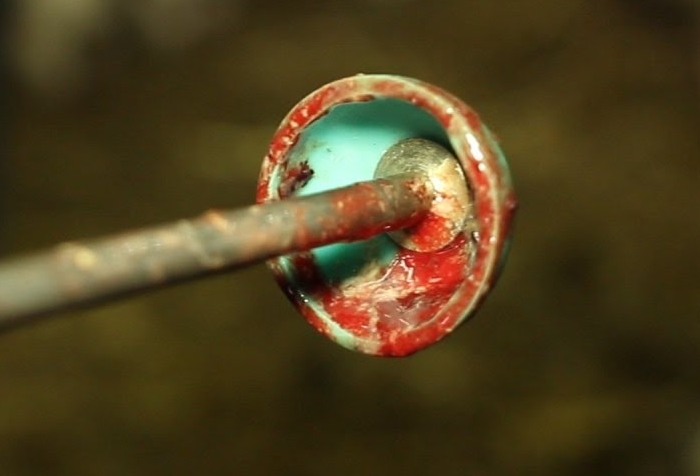
endometritis in cows
Catarrhal endometritis
This variant of inflammation covers only the upper layers of the tissues of the uterus. But, despite the fact that the affected area is quite small, this form of the disease is especially dangerous because it is extremely difficult to identify it by clinical signs.
Catarrhal endometritis develops immediately after the onset of calving in a cow. At this time, particles of blood, mucus and dead tissue are abundantly excreted from the external genital organs of the animal. Their color varies from white to red-brown. At the same time, if the animal has not undergone a disease, such secretions should be odorless.
There are no other pronounced signs in this form of the course of the disease, which means that it is not possible to identify it in the conditions of keeping the animal. But, nevertheless, if the catarrhal variant was not detected on time, it most often develops into purulent-catarrhal endometritis.
Purulent-catarrhal endometritis
This variant of the disease develops approximately 5-8 days after calving. During this time, the number of microorganisms in the uterus increases significantly, and their waste products gradually poison other tissues. Such an impact is accompanied by the following characteristic features:
- a slight increase in body temperature of the cow;
- lack of appetite;
- a sharp reduction in milk yield.
Also, in the secretions of their genital organs, clots of white or gray-green pus are clearly visible, the amount of which is constantly growing. In this regard, the lochia acquire an unpleasant odor. In the early morning, the outflow of pus is especially intense and near the animal it can collect in whole puddles.
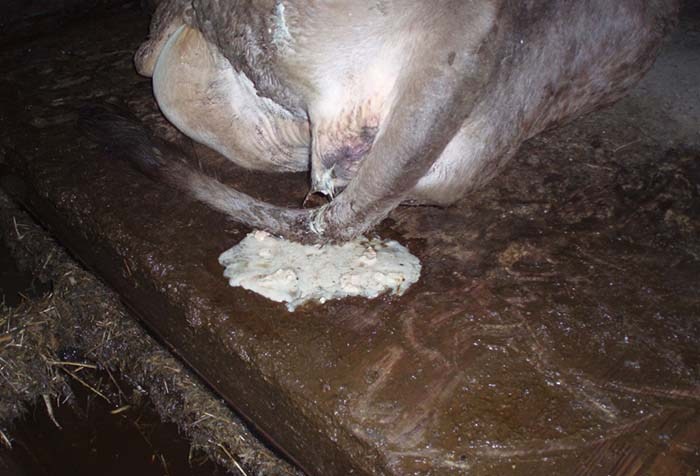
Symptom of purulent – catarrhal endometritis
With the development of the disease, its clinical signs become more pronounced. They are expressed in such moments:
- The secretions acquire a thicker consistency, and their color changes to dark brown. The smell of rot is greatly enhanced. Such exudate is released just like that in the process of urination or defecation;
- Characteristic signs also appear in the behavior of the animal. It often gets into a pose with an arched back and stays like that for a long time, raising its tail up. From the side it is noticeable that the cow is experiencing pain;
- In the later stages of the development of endometritis, the discharge is characterized by a cloudy gray or yellow color.
Acute fibrinous endometritis
This type of disease develops, as a rule, against the background of mechanical damage to the uterus in the process of obstetric care or with a delay in the separation of the placenta. With the general good condition of the cow and the protective systems of her body, there are practically no external symptoms of the disease. The animal feels normal, has a fairly high appetite and activity.
Tellingly, with such inflammation, a large amount of fibrin protein is released from the tissues of the uterus, which settles on the mucous membrane with dark yellow films. Also, threads of the substance can be found in the secretions, which acquire a brownish-yellow hue.
Important! With untimely detection of the disease, it flows into a severe form, already deep balls of the mucosa are susceptible to damage.
Necrotic metritis
The necrotic form may occur as a result of the further development of any of the above. In this case, muscles and other tissues are already damaged. During the inflammatory process, a special substance is released that disrupts the access of nutrients and oxygen to the cells. Accordingly, the tissue quickly dies and collapses, and open ulcers appear in its place.
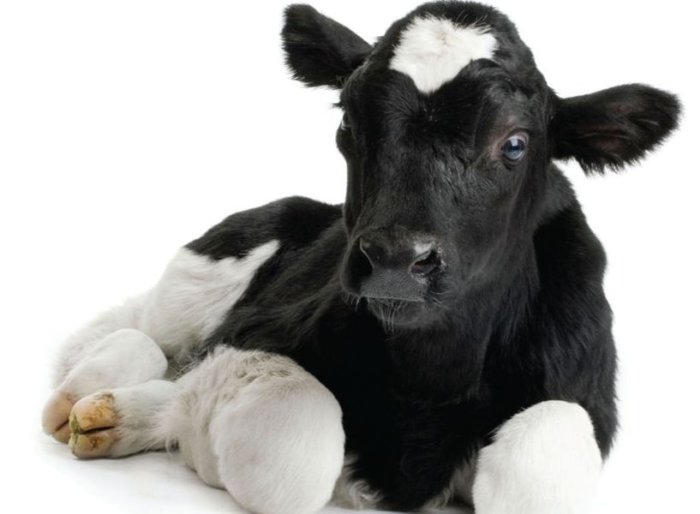
Necrotic form of the disease in a calf
As a result of the formation of ulcers for pathogenic microflora, access to the vessels is opened, through which it can move to other organs, causing complications in their work. As a rule, acute necrotizing metritis is accompanied by the following symptoms:
- The temperature rises sharply.
- The highlights turn red. They clearly show particles of tissues that have succumbed to necrosis.
- The heartbeat and breathing of the cow is greatly accelerated.
- Severe diarrhea appears, which cannot be stopped by medication.
- If the spinal cord is damaged, paralysis occurs.
Gangrenous septic metritis
With the development of such endometritis, the walls of the uterus thicken. Dead tissues and microflora continue to release a large amount of toxins, which are increasingly absorbed into the bloodstream and lead to sepsis. A large amount of fluid accumulates in the uterus, which can provoke its rupture. At the same time, the condition of the cow is extremely severe, which is manifested in the following symptoms:
- The temperature rises to 41 degrees and above.
- The animal cannot rise to its feet.
- The discharge becomes dark red or black.
- Gradually, the exudate begins to accumulate in the uterus and is not released.
- The cow refuses to eat.
With this form of the disease, the animal dies in the shortest possible time.
Diagnostics
Diagnosis of the disease is carried out in a complex manner. First of all, an external examination of the genital organs, observation of the general condition of the animal, and the identification of pronounced clinical signs of endometritis are carried out.
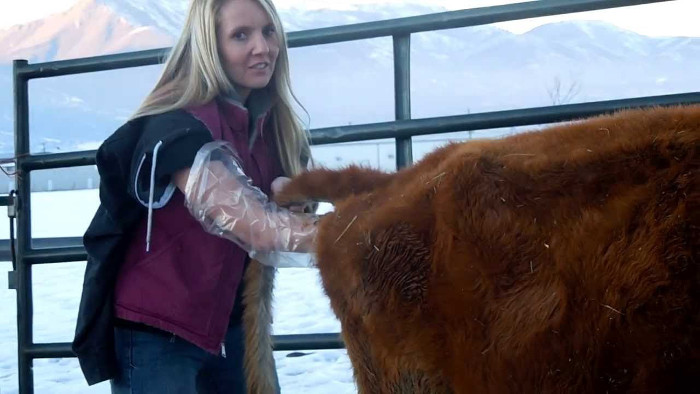
Rectal examination
After the examination, a rectal or vaginal examination is carried out by palpation. In this case, the main signs of the disease are the following:
- an increase in the size of the uterus;
- it descends lower into the abdominal region of the animal;
- a lot of moisture accumulates inside;
- muscles significantly atrophy and uterine contractions decrease.
At the end of palpation, a histological examination is performed. It involves the study of material taken from the uterus of a cow (particles of tissue) for the presence of a specific pathogenic microorganism.
Scheme for the treatment of endometritis in cows
Treatment of endometritis in cattle, as well as diagnosis, is carried out in a complex manner. In its implementation, the specialist works in three directions at once:
- Removal of an animal from a serious condition.
- Treatment of foci of infection.
- Destruction of the pathogen that caused the disease.
First of all, the treatment course involves the removal of excess fluid from the inflamed uterus. For this, bactericidal solutions are used, among which:
- an aqueous solution of iodine;
- a mixture of water with furacilin;
- ichthyol solution with a concentration of 3%.
Attention! Washing with sepsis and necrotic forms of the disease is prohibited. In this case, other methods are used.
Further, on the basis of a histological examination, antibacterial drugs are selected, with the help of which the uterus is disinfected. The most popular in this regard are Uterosan and Furazolidone sticks. They provide the fight against pathogens, accelerate regenerative processes, increase the protective function of the body. Also, novocaine shows a fairly high efficiency in the fight against microflora. Of the latest developments, it is worth highlighting the drug VIZHUS, which contains already inactive pathogens in its pure form.

Furazolidone sticks
In parallel with the fight against harmful microflora, the tone of the uterus and its contractile function are also restored. In this case, injections of carbachol or oxytocin are used. The drug is administered 1-2 times a day for 3-4 days. At the same time, in order for it to give the maximum effect, a certain dose of estrogen is injected into the cow 12 hours before its administration.
Important! If treatment begins after 2 months of disease development, in most cases it is still possible to save the animal. But, the cow will already remain barren. Therefore, action must be taken as early as possible.
Prevention
The main part of the measures to prevent the development of endometritis in cows is carried out during the dry period and in the postpartum period. At this time, it is especially important to provide livestock with:
- proper diet;
- regular walking;
- periodic examinations of the animal by a veterinarian;
- strict adherence to the schedule for launching a cow before childbirth.
Also, as a preventive measure, you can apply:
- Regular examinations by a veterinarian after childbirth for infection.
- The use of injections of multivitamin complexes before childbirth. They increase the resistance of livestock to infections, which prevents infection.
- Compliance with antiseptic measures during insemination, research and obstetric activities.
- The use of prophylactic drugs and compounds that increase the overall tone of the uterus.
During the birth of a cow, one should adhere to the natural course of calving as much as possible. The calf should be pulled out as carefully as possible, using the efforts of several people. It is possible to speed up the exit of the cub only during the period of strong attempts on the part of the cow. The introduction of oxytocin at this stage will provide a more intensive separation of the placenta.
Conclusion
The main problem in the fight against endometritis is the almost complete absence of clinical signs in the initial stage of the disease. But time in this case plays a key role. That is why the exact observance of preventive measures and constant monitoring of the cow’s condition during pregnancy is a more effective measure than the treatment of the disease.
